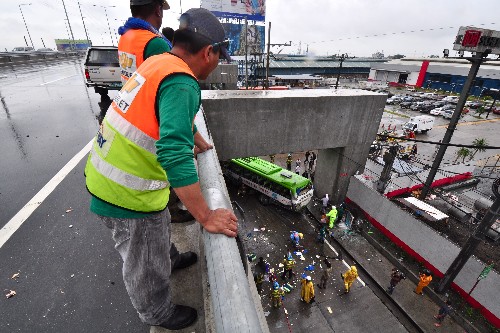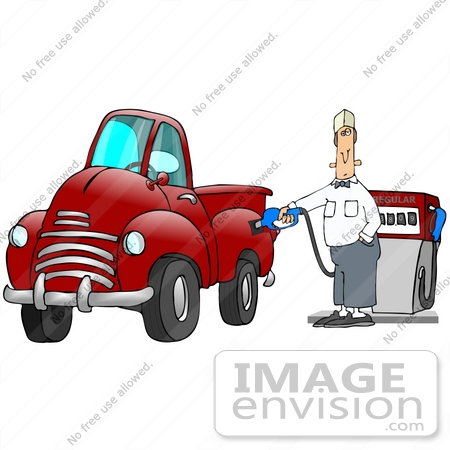I am writing from a Layman's point of view and some of the things that I write about about my apprehensions are related also to things that I may not fully understand.
Cloud computing. In the Philippines, everybody seems to be jumping into the Bandwagon. Even giant SAP with their very very expensive ERP solutions is now offering their version of Cloud computing. Even this ASUS netbook that I am using to type this blog is offering free storage and some simple applications thru their ASUS web tools and Vibe.
Rather than purchase the ERP solution and pay a service fee every month, a Netsuite user told me you just have to pay for an Installation fee (which is much smaller than outright purchase) and a subscription fee while you are using it. He claims the savings over outright purchase can be substantial.
 Along comes this article I read on the Bloomberg Businessweek " Cyber War has Begun" which seems to heighten the fear of hacking. Previously, hackers were individuals but as what has been happening quite recently, there are now nation state-backed hacking as in the case of Google and the case of the disabling of Iran's nuclear program using a Stuxnet worm. In this case, it is suspected that either Israel or the USA had a hand in it.
Along comes this article I read on the Bloomberg Businessweek " Cyber War has Begun" which seems to heighten the fear of hacking. Previously, hackers were individuals but as what has been happening quite recently, there are now nation state-backed hacking as in the case of Google and the case of the disabling of Iran's nuclear program using a Stuxnet worm. In this case, it is suspected that either Israel or the USA had a hand in it.
To hit something closer to home, the same Bloomberg Businessweek article made mention of researchers in Rutgers University who managed to hack into a car's computer systems via its wireless tire monitoring system. The car's ECU controls the brakes, steering etc and it maybe possible to send a command to let the car (and its occupants) crash itself into a wall. Scary!
Of course, the other side of the argument is this: would you not rather ENTRUST ALL YOUR BUSINESS DATA TO GOOGLE who has the Billions to spend on Computer security as compared to your own business's limited resources?? But then again, it is because google is so big that makes them a target for millions of individual and nation-state-run hacks!
Knowing all of these, would it be safe to store all your data and application programs in someone else's servers located in a country other than your country?
If the application is not stored with you (hey, you did not purchase it, remember?), how do you expect to run your back-ups if the software application provider gets hacked?
By the way, I would like to invite you to visit my Sulit Homepage as there are some business opportunities that you guys might be able to help me out with. If you are interested, just click the Sulit Logo below:

Cloud computing. In the Philippines, everybody seems to be jumping into the Bandwagon. Even giant SAP with their very very expensive ERP solutions is now offering their version of Cloud computing. Even this ASUS netbook that I am using to type this blog is offering free storage and some simple applications thru their ASUS web tools and Vibe.
Rather than purchase the ERP solution and pay a service fee every month, a Netsuite user told me you just have to pay for an Installation fee (which is much smaller than outright purchase) and a subscription fee while you are using it. He claims the savings over outright purchase can be substantial.
 Along comes this article I read on the Bloomberg Businessweek " Cyber War has Begun" which seems to heighten the fear of hacking. Previously, hackers were individuals but as what has been happening quite recently, there are now nation state-backed hacking as in the case of Google and the case of the disabling of Iran's nuclear program using a Stuxnet worm. In this case, it is suspected that either Israel or the USA had a hand in it.
Along comes this article I read on the Bloomberg Businessweek " Cyber War has Begun" which seems to heighten the fear of hacking. Previously, hackers were individuals but as what has been happening quite recently, there are now nation state-backed hacking as in the case of Google and the case of the disabling of Iran's nuclear program using a Stuxnet worm. In this case, it is suspected that either Israel or the USA had a hand in it.To hit something closer to home, the same Bloomberg Businessweek article made mention of researchers in Rutgers University who managed to hack into a car's computer systems via its wireless tire monitoring system. The car's ECU controls the brakes, steering etc and it maybe possible to send a command to let the car (and its occupants) crash itself into a wall. Scary!
Of course, the other side of the argument is this: would you not rather ENTRUST ALL YOUR BUSINESS DATA TO GOOGLE who has the Billions to spend on Computer security as compared to your own business's limited resources?? But then again, it is because google is so big that makes them a target for millions of individual and nation-state-run hacks!
Knowing all of these, would it be safe to store all your data and application programs in someone else's servers located in a country other than your country?
If the application is not stored with you (hey, you did not purchase it, remember?), how do you expect to run your back-ups if the software application provider gets hacked?
By the way, I would like to invite you to visit my Sulit Homepage as there are some business opportunities that you guys might be able to help me out with. If you are interested, just click the Sulit Logo below:






























